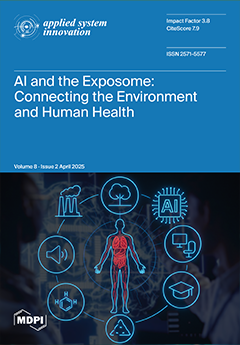Open AccessReview
Pixel Circuit Designs for Active Matrix Displays
by
Dan-Mei Wei, Hua Zheng, Chun-Hua Tan, Shenghao Zhang, Hua-Dan Li, Lv Zhou, Yuanrui Chen, Chenchen Wei, Miao Xu, Lei Wang, Wei-Jing Wu, Honglong Ning and Baohua Jia
Cited by 3 | Viewed by 7098
Abstract
Pixel circuits are key components of flat panel displays, including liquid crystal displays (LCDs), organic light-emitting diode displays (OLEDs), and micro light-emitting diode displays (micro-LEDs). Depending on the active layer material of the thin film transistor (TFT), pixel circuits are categorised into amorphous
[...] Read more.
Pixel circuits are key components of flat panel displays, including liquid crystal displays (LCDs), organic light-emitting diode displays (OLEDs), and micro light-emitting diode displays (micro-LEDs). Depending on the active layer material of the thin film transistor (TFT), pixel circuits are categorised into amorphous silicon (a-Si) technology, low-temperature polycrystalline silicon (LTPS) technology, metal oxide (MO) technology, and low-temperature polycrystalline silicon and oxide (LTPO) technology. In this review, we outline the fundamental display principles and four major TFT technologies, covering conventional single-gated TFTs to novel two-gated TFTs. We focus on novel pixel circuits for three glass-based display technologies with additional mention of pixel circuits for silicon-based OLED and silicon-based micro-LED.
Full article
►▼
Show Figures





